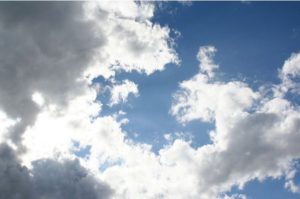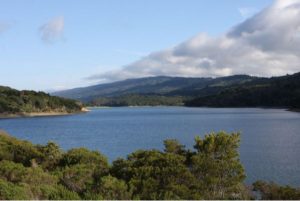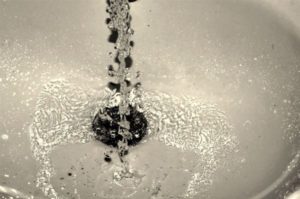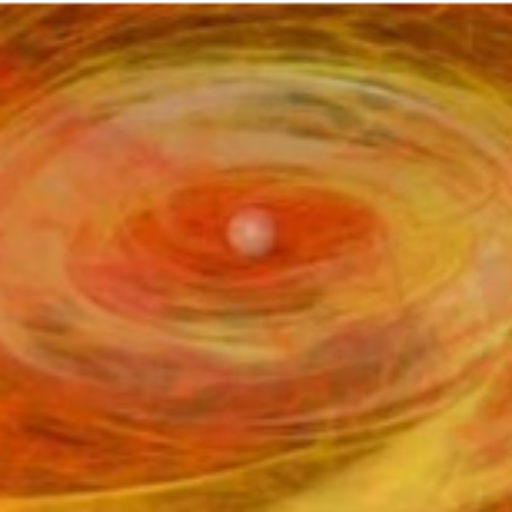Most people have homes that are connected to a plumbing system in the Western world. Homeowners get water delivered straight to their taps, and most people do not take the time to think about that in too much detail. However, if you ever find yourself wondering “how does that water get here,” you can use the information from this page to help set the record straight. There is always more to learn, and so those who feel enthusiastic about the subject should continue their research after leaving this page. Still, this article should provide you with a basic understanding of water systems and how the liquid goes from the clouds into your sink. Feel free to share this info with your friends or let your children read this post because they will find it fascinating.

Water rains down on the mountains
The first part of the process has nothing to do with technology and does not require any form of human interaction. When temperatures reach suitable levels at sea, water evaporates and condenses to forms clouds. Take a look outside now. All those clouds you see in the sky are made from seawater. When the temperature changes again, the water vapor turns back into a liquid and rains down on the earth.
A significant amount of the rainwater lands on mountaintops, and it then flows into rivers. Reservoirs are used to store water and treat it before it goes into the plumbing system and comes out of the taps in your home. However, we’ll discuss that more in the next section. The critical thing to remember is that humans have no interaction until the water reaches a reservoir.

We collect the water in reservoirs
Reservoirs are substantial human-made lakes where we store water and clean it before pushing it through the pipes to your kitchen or bathroom. These structures are maintained every day to ensure they are secure and incapable of flooding. There are sometimes issues in the reservoir system, but humans have become pretty competent when it comes to sorting them out. Indeed, there probably hasn’t been a time during your life when you turned the tap one, and water did not come out, right?
There are many reservoirs out there that store other liquids apart from water too. However, for the purpose of this post, we’re going to focus on the ones that run clean water to your taps. Some reservoirs will also have dams, solar waterfalls, and locks which is pretty cool. Thes ones with waterfalls can often generate energy!
The water undergoes specialist treatment
Before you can drink the water in the reservoir, it has to undergo lots of different treatments to ensure it is 100% safe and free from contaminants. Depending on where you live in the world; your local authority might add lots of chemicals to the water to ensure it does not pick up any bacteria as it moves through the plumbing system too. In many instances, companies and communities that own reservoirs will need to find a potassium permanganate supplier so they can get the best possible outcomes. That substance helps to decontaminate the liquid and the soil at the bottom of the lake.
You can learn more about water treatment in your area by searching online for more information. As mentioned a moment ago, different towns and cities deal with that issue in various ways. So, it would be impossible to determine which chemicals are used in your water in this post. However, most reservoirs use a form of chlorine amongst other things.

The water flows through the plumbing system
Once the water is treated and safe to consume, it begins to flow into the plumbing system that connects your home to the reservoir via lots of pipework. With a bit of luck, the chemicals added to the mix will help to ensure the liquid that appears out of your taps is safe to drink. However, lots of people still like to use a water filtration device because the system is not perfect. If you invest in a decent water filter; you will soon notice the impurities when you check your filter after a few uses. Still, you shouldn’t become ill if you drink the water from your taps, and it is clean enough to ensure your family remains healthy.
You should not have a much better idea of how technology is used to turn water from the sea into a drinkable solution for your family home. The information on this page explains the basics, but there is always more to learn, and so you should feel free to search Google if you want more facts about each step of the process. It’s fascinating! See you next time!



Recent Comments